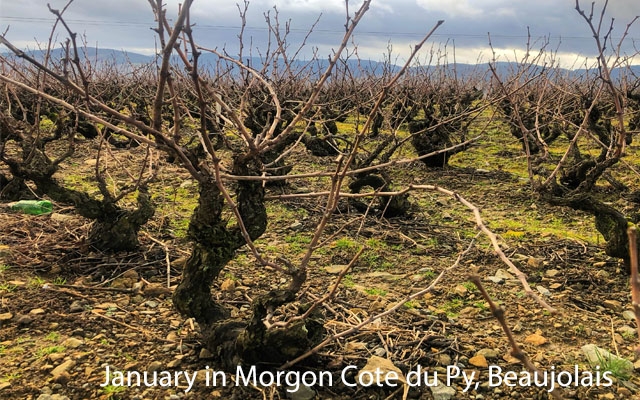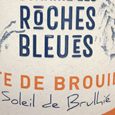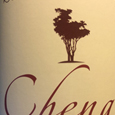The simple hashtag GoGamayGo has become a rallying digital cry for this humble, characterful and somewhat idiosyncratic grape.
Its full name, gamay noir à jus blanc, refers to the eccentricities that its skin is black, its juice is white, but the wine produced is a light-bodied red.
The epic story of this ancient grape has all the hallmarks of a Shakespearean drama, or at the very least, an underdog-does-good story. The grape first appeared in the village of the gamay, south of Beaune, in the mid 14th century, and was reported to bring relief and good tidings to the local growers after the bleakness of the Black Death plague. In contrast to the finicky pinot noir variety, gamay ripened two weeks earlier, was easier to cultivate, yielded high and produced a fruity, friendly wine. Unfortunately, Philip the Bold, Duke of Burgundy at the time, declared it be banned from the region due to its "very great and horrible harshness" that was damaging the reputation of the elegant and noble pinot noir of his region. Fortunately, his banishment didn't trickle its way to southern Bourgogne, in Beaujolais, where pockets of the grape continued to grow and where it was quietly enjoyed (gamay loves granite).
Of course, gamay continues to be enjoyed by many today. It is a darling red of many winemakers and sommeliers due to its fragrant and fruity tendencies, fresh acidity, light/medium body, flexible structure, savoury edge and lower, fine-grained tannins. In addition, quality gamay is seriously age-worthy and singular, especially where the grape reaches its zenith in the 10 Cru Beaujolais, one of which is Morgon, pictured above.
Winemakers around the globe have been inspired by this humble grape, which has taken root everywhere from New Zealand to South Africa through to Oregon and BC, and in styles from sparkling through to wood-aged, structured reds.
For more on gamay, enjoy our video filmed on location at Georges DuBoeuf in Beaujolais.
Here are the Top 10 Gamay recently tasted at GOW:

 quicksearch
quicksearch




















